A Comprehensive Guide to the Majestic Ibex
Ibex, those stunning wild goats of mountainous regions, are creatures of both remarkable agility and intriguing history. Their powerful builds, impressive horns, and specialized adaptations allow them to thrive in harsh environments. This guide delves into the world of the ibex, exploring their biology, behavior, evolution, and ecological role, offering insights for students, animal lovers, aspiring zoologists, and anyone curious about these magnificent animals.
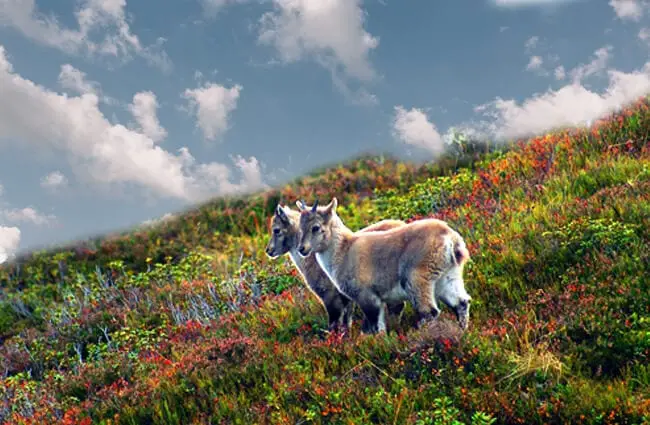
What is an Ibex?
The term “ibex” doesn’t refer to a single species, but rather a group of wild goats belonging to the genus Capra. Several species and subspecies are recognized, each adapted to its specific geographic location and ecological niche. The most well‑known include the Alpine ibex (Capra ibex), the Spanish ibex (Capra pyrenaica), the Nubian ibex (Capra nubiana), and the Ethiopian ibex (Capra walie). These animals are characterized by their sturdy bodies, short dark coats, and, most notably, their dramatically curved horns.
Physical Characteristics
Ibex are medium to large goats, with males significantly larger than females. A mature male Alpine ibex can weigh between 75 and 100 kilograms (165 to 220 pounds) and stand approximately 95 to 110 centimeters (37 to 43 inches) at the shoulder. The horns, a defining feature, are heavily ridged and can grow to impressive lengths, exceeding a meter in some cases. Horn shape varies between species and individuals. Females have smaller, more slender horns. Their hooves are specialized for gripping rocky surfaces, with a rough pad and flexible joints.
Habitat and Distribution
Ibex inhabit mountainous regions across Europe, Asia, and North Africa. Their distribution varies depending on the species. The Alpine ibex is found in the Alps and Carpathian Mountains. Spanish ibex live in the Iberian Peninsula and Pyrenees. Nubian ibex occupy rocky deserts and mountains of the Middle East and North Africa, while Ethiopian ibex are restricted to the high mountains of Ethiopia and Eritrea. They prefer steep, rocky terrain, cliffs, and alpine meadows. These habitats provide shelter from predators and access to grazing resources. Ibex can survive in altitudes exceeding 3,000 meters (9,800 feet).
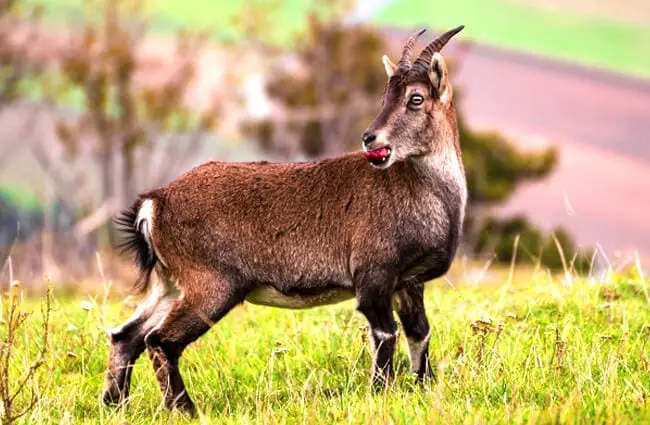
Diet and Foraging Behavior
Ibex are herbivores, and their diet consists primarily of grasses, herbs, mosses, lichens, and shrubs. Their foraging behavior is adapted to the harsh mountainous environment. They are selective grazers, choosing nutritious plants whenever possible. In winter, when vegetation is scarce, they may browse on twigs and bark. They are adept at finding food in rocky areas, using their agility to access plants that other herbivores cannot reach. Access to mineral licks is also crucial for their health, providing essential nutrients.
Social Structure and Behavior
Ibex exhibit complex social behaviors. During the breeding season, males engage in fierce battles for dominance and mating rights. These battles involve head‑to‑head clashes, testing the strength and endurance of the males. Outside the breeding season, ibex often form small groups or herds, providing protection from predators and facilitating foraging. Females typically lead the herds. Communication occurs through vocalizations, scent marking, and body language. They are generally most active during dawn and dusk.
Reproduction and Life Cycle
The ibex breeding season typically occurs in late summer or early autumn. After a gestation period of around 25 to 30 weeks, females give birth to one or two kids. The kids are born precocial, meaning they are relatively well‑developed and capable of standing and walking shortly after birth. The mother nurses the kids for several months, providing them with essential nutrients and protection. The kids typically remain with their mother for one to two years before becoming independent. Ibex have a relatively slow reproductive rate, contributing to their vulnerability to population decline.
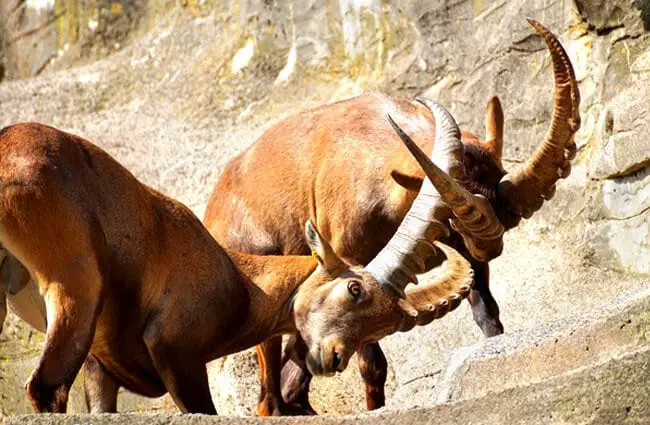
Evolutionary History
The evolutionary history of ibex traces back to the genus Capra, which originated in Asia during the Pleistocene epoch. Over millions of years, different ibex species and subspecies evolved, adapting to their specific environments. Fossil records suggest that the Alpine ibex was once widely distributed throughout Europe, but its population declined drastically due to hunting and habitat loss. Genetic studies have revealed the relationships between different ibex populations, providing insights into their evolutionary history and conservation needs.
Ecological Role and Interactions
Ibex play an important role in their ecosystems. As herbivores, they influence vegetation patterns and nutrient cycling. They are also prey for large carnivores, such as wolves, lynx, and eagles. Their presence helps maintain the health and diversity of mountain ecosystems. Ibex often coexist with other ungulates, such as chamois and deer, sharing resources and habitats. They compete for food, but also benefit from increased vigilance against predators.
Ibex and Humans
The relationship between ibex and humans has been complex throughout history. Ibex have been hunted for their meat, hides, and horns for centuries. Overhunting led to the near extinction of the Alpine ibex in the 19th century. Conservation efforts, including hunting regulations and habitat protection, have helped restore their population. Today, ibex are a popular tourist attraction in many mountainous regions, contributing to local economies. Human activities, such as livestock grazing and infrastructure development, continue to pose threats to their habitat.

Encountering Ibex in the Wild: A Guide
If you are fortunate enough to encounter ibex in the wild, observe these guidelines. Maintain a safe distance. Do not approach or disturb them. Avoid making loud noises. Keep pets on a leash. Respect their habitat and leave no trace. Binoculars and a camera are useful for observing them from afar. Remember that these are wild animals and their behavior is unpredictable.
Ibex in Captivity: Zookeeper Considerations
Caring for ibex in captivity requires specific considerations. Provide a large rocky enclosure that mimics their natural habitat. Offer a varied diet of grasses, hay, and browse. Ensure access to fresh water and mineral licks. Provide enrichment activities to stimulate their natural behaviors. Monitor their health regularly and provide veterinary care when needed. Minimize human interaction to avoid stress. Ensure the enclosure is secure to prevent escape.
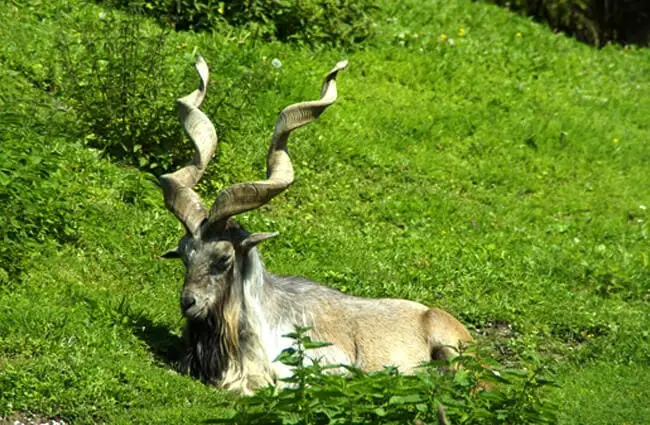
Interesting Facts About Ibex
- Ibex can leap incredible distances, navigating steep and rocky terrain with ease.
- The horns of male ibex continue to grow throughout their lives.
- Ibex have a keen sense of smell, which they use to locate food and detect predators.
- They are remarkably well‑adapted to cold and high altitude environments.
- Ibex play a role in local folklore and cultural traditions in some regions.
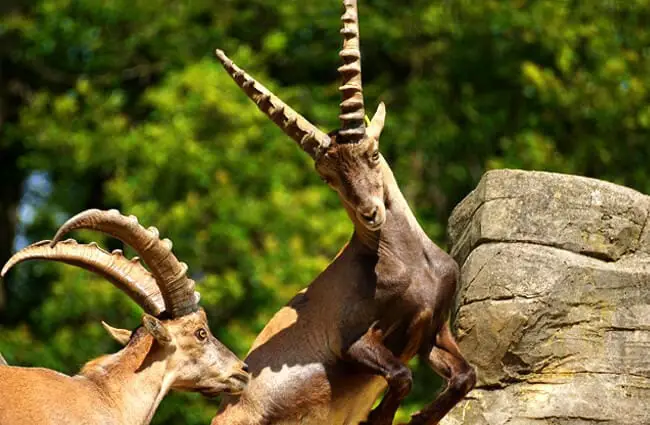
The ibex, a symbol of resilience and adaptation, continues to captivate and inspire. Understanding their biology, behavior, and ecological role is crucial for ensuring their survival in a changing world. By appreciating these majestic creatures, we can contribute to their conservation and safeguard their future for generations to come.

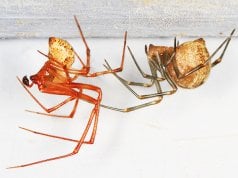
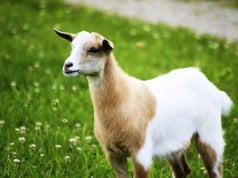



![Red Angus Closeup of a beautiful Red Angus cowPhoto by: U.S. Department of Agriculture [pubic domain]https://creativecommons.org/licenses/by/2.0/](https://animals.net/wp-content/uploads/2020/03/Red-Angus-4-100x75.jpg)

